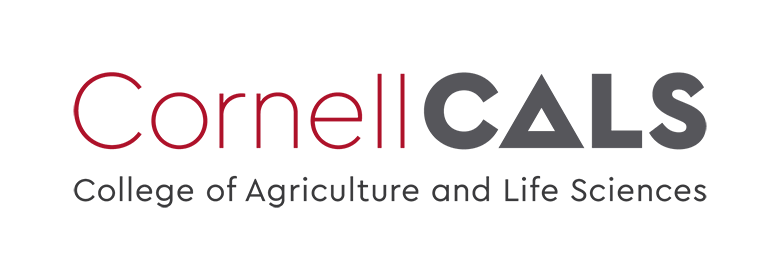Thank you to Jessie Choi, PhD, Research Assistant in the PPPMB Section, (she/her) for guest writing this Bulletin!
It was my first August in college. As a first-generation student and immigrant from a single-parent household, I felt both excited and pressured to succeed. But when I read the syllabus, panic set in. “What? I need to get my own textbooks?!” With only a week left, I hurried to the bookstore (not to mention it took three trials to find the right bookstore), only to find one textbook priced at $150. Shocked, I left with just two rented books, anxious about affording the rest. I kept asking myself, why didn’t I know this was coming?
Little did I realize; this was just the beginning of a larger struggle.
“You can ask me questions during office hours,” a professor said. But what are office hours? How do I even attend them? Writing emails was more confusing. How formal should I be? What’s the right format? Would I be judged for asking seemingly simple questions? I faced even bigger questions: What should I do when a professor makes racist or sexist comments during class? Where do I find additional financial support and scholarships as a non-citizen? How do I navigate cultural conflicts? How do I find a mentor with similar experiences to mine?
When I shared my confusion, I was met with a constant refrain: “Wait, you didn’t know?”
I began to think it was my fault—maybe I hadn’t prepared well enough, or maybe I wasn’t cut out for college after all. This reinforced my sense of being an outsider in an educational system filled with unwritten rules.
Eventually, I learned this wasn’t just my experience. All the unspoken norms and expectations were part of what’s known as the “hidden curriculum.” Unlike the official curriculum, the hidden curriculum consists of the implicit values, behaviors, and expectations that shape a student’s experience and success (Alsubaie, 2015). This hidden curriculum is often unspoken and largely unacknowledged, which can build a gap between students and education, especially for students from marginalized groups like first-generation students, students from low-income backgrounds, students with disabilities, racial and cultural minority students, and more (see definition of marginalized community). Here are more examples of the hidden curriculum.
Understanding that learning is not only shaped by actions but also by identities and experiences, instructors can help bridge this gap by making the hidden curriculum visible.
How to address the hidden curriculum in course design and beyond:
Introduce hidden curriculum in the syllabus. Include a definition of hidden curriculum. Share personal stories or examples. Attach your syllabus to the Cornell Class Roster (only open to the Cornell community) so that students can view it in advance and get a sense of what to expect. Learn more from the Cornell Center for Teaching Innovation about creating a syllabus, and stay tuned for a future DEI Bulletin on writing inclusive course syllabi.
Office hour expectations. Clearly outline how students can use office hours. In first-year courses, consider role-playing or showing a video of a typical office hour interaction to demystify the process.
Email etiquette. Provide sample professional emails and give students tips on tone, structure, and when to email professors.
Textbook accessibility. Avoid requiring expensive textbooks when possible. Suggest cheaper alternatives such as renting from Amazon, Chegg, or buying used from eBay. Offer open-access materials or provide links to free resources. Consider establishing a textbook lending program where students can borrow donated books from previous students.
Community building. Set up an online discussion board where students can ask questions and engage with each other. Regularly review and address questions in class or online.
Ongoing reflection and improvement. Encourage regular feedback throughout the semester, not just at the end. Ask students what they find unclear or difficult and adjust accordingly. Be open to modifying your approach based on diverse student perspectives and needs.
Hidden curriculum in graduate school. Learn more about how the hidden curriculum can impact graduate students, Part I and Part II. This advising guide for Cornell faculty members provides strategies, tips, and resources for mentoring and supporting graduate students, with special attention to the diverse needs of all students.
Beyond the classroom. Some of these prompts for reflection may help you consider other ways the hidden curriculum is impacting employees and students with whom you work.
By being mindful of the hidden curriculum, educators and instructors can foster a more inclusive and supportive learning environment, empowering students from all backgrounds to thrive.
At AgriTech we grow things, including inclusive teaching and mentoring practices that equitably train the next generation of scientists.
Sincerely,
Anna Katharine Mansfield and Amara Dunn-Silver
AgriTech DEI Council co-chairs


